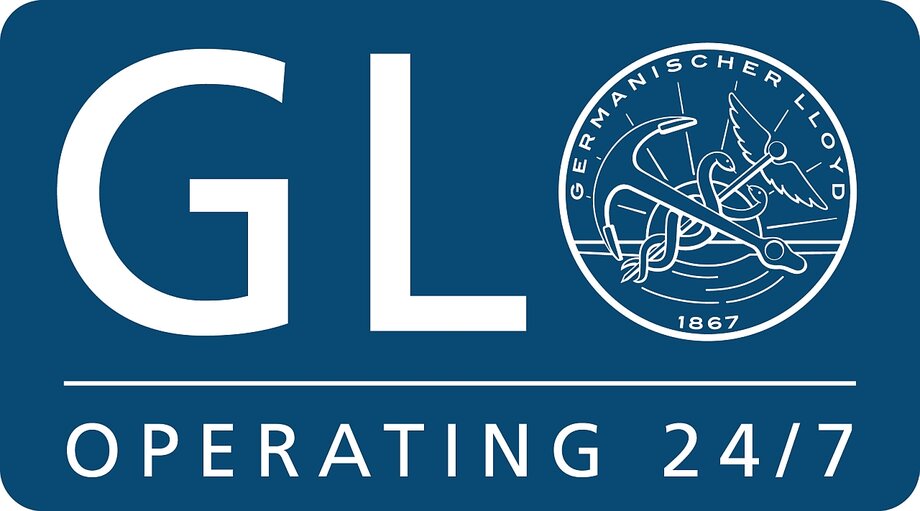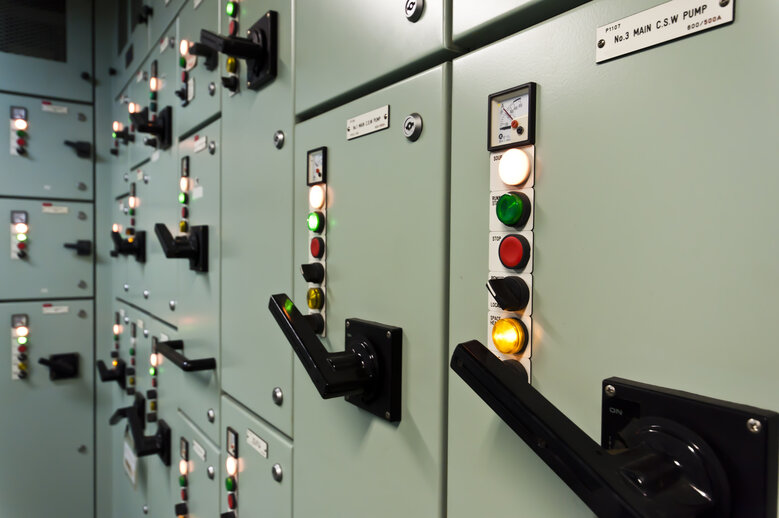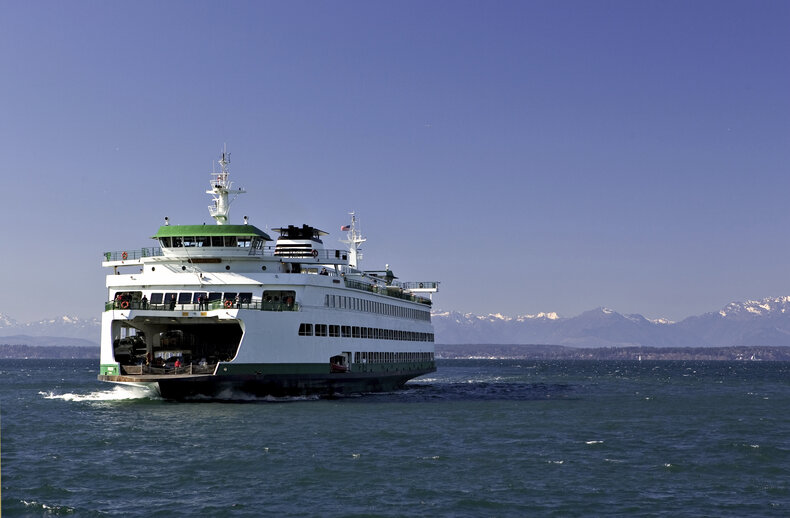Priemyselné roboty Motoman - zváranie, paletizácia, montáž, rezanie plazmou, laserom a vodou. Priemyselné roboty Motoman od Yaskawy sú zárukou japonského inžinierstva.
GL certification for A1000
- Priemyselné odvetvie
- Marine | Offshore
Challenge
GL certification for A1000
Inverter drives for the maritime industry and marine engineering
The testing company Germanischer Lloyd (GL) has certified the A1000 inverter drive from Yaskawa in the performance classes of 0.4 to 300 kW for the maritime industry and marine engineering. This means that the devices meet the high standards and requirements of the industry. The characteristic advantages of drive technology – such as energy-efficient operation that does not damage materials – can now also be used in numerous shipping-specific applications.
Particularly in the case of ships, there should be no compromise on quality and thus on reliability. Space is limited aboard ships and they operate in tough environments. For this reason, technical solutions for ships must use as little space as possible, while being easily accessible, extremely reliable and very low-maintenance. The compact standard inverter drives of the A1000 series from Yaskawa meet all of these requirements.
Solution
Benefits in a variety of applications
Since the units are easily accessible and work reliably even under unfavorable operating conditions, such as frequent fluctuations in temperature and constant vibration, they are also suitable for use in centralized systems. The range of possible applications on ships and in offshore systems is accordingly diverse.
Drive and control: Larger ships use transverse thrusters that are controlled by inverter drives to compensate for changes in current or wind speed, without running the risk of drifting off course. Bow and stern thrusters provide for better maneuverability, make landing easier, and reduce damage caused by repeated bumping during the docking maneuver. At the same time, the port authorities are paying increasing attention to causing as little damage to the environment as possible. Given these circumstances, electrically powered thrusters provide a significant advantage, because the ship requires a minimum amount of fuel and still remains maneuverable at all times. They also reduce vibrations and noise. In smaller ships, inverter drives optimize these electric drive concepts and controls. Pumping stations, ventilation systems and water supply facilities: Precise, fail-proof control of the temperature and humidity must always be ensured on ships and drilling platforms. This places high demands on the drive components that operate in ventilators and pumps. They can also help to improve energy efficiency. Using a ventilation system as an example: instead of controlling the air current with throttle valves at constant full motor capacity, inverter drives adjust the motor speed to exactly meet the current requirements.
Lifts, port cranes and hoists: In lifting applications, inverter drives optimize the brake controls and timing of the brakes as they open and close. At the same time, they monitor the speed, torque and motor current of the lift drive. This reliably prevents the brakes from opening in case of an overload or an interrupted motor circuit – for example, due to faulty cables or magnetic contactors. Slipping brakes are also detected and reported. There are numerous special functions available for economical and highly dynamic crane operation with short cycle times. For example, the drive automatically optimizes the crane’s lifting and lowering speeds using the Ultra Lift function.
Result
A1000 AC drive series
In addition to these shipping-specific functions, the models of the A1000 inverter drive series offer even more advantages: they allow asynchronous or permanent magnet synchronous operation with or without encoder feedback. They are perfect for both simple applications such as energy-saving pumps and fans, and for use in more complex drives with synchronous operation and positioning.
The A1000 inverter drive series also includes IP54-compliant models that operate reliably even under tough operating conditions, such as the humidity at sea. Two different models are available: units in their own IP54-compliant enclosures, or units that can be easily integrated into appropriate enclosures as duct-mounted models.
The quick and simple startup is enabled by the automatic adjustment of the relevant parameters as well as the application macros, which automatically perform the necessary adaptation to the relevant machine. With the DriveWorksEZ software, you can also use block-oriented programming to easily incorporate individual switching and control tasks into the inverter drive.
Like all Yaskawa units, A1000 inverters are designed to operate continuously for ten years. This keeps the necessary maintenance work to a minimum. The ability to apply preventive maintenance ensures these units do not have to be serviced at sea or abroad. Additionally, the wear indicator signals a defect in the most important components early enough to effectively avoid a system failure with extended machine downtime. And if an emergency does arise, YASKAWA has a worldwide service network that allows them to quickly arrive at your location.
Last but not least, the most important and most widely used fieldbuses – such as CANopen, DeviceNet, Profibus, CC-Link, MECHATROLINK-II and EtherCAT – are available for the A1000 option boards.
Conclusion
Inverter drives offer benefits in a wide range of application areas on ships, in ports, and in offshore systems. However, the devices that are used must meet specific requirements. The inverter drives of the A1000 series from Yaskawa meet these requirements to the full extent, which is verified by the certification that we recently received from Germanischer Lloyd (GL).























